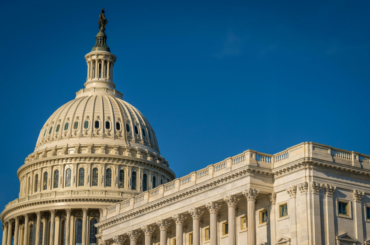Music and clothing inspired by the indigenous Sámi people of Scandinavian Arctic regions provided a cultural backdrop of sorts for Disney’s Frozen. But many viewers felt that the selective use of aspects of Sámi culture amounted to appropriation and erasure.
So for the making of the sequel, Frozen II, Sámi leaders signed a contract with Disney to ensure they were given more of a say over the use of their culture. The plot of Frozen II more centrally features an indigenous community, called the Northuldra in the movie, but inspired by Sámi culture. When Sámi governmental and non-governmental leaders learned about these plans, they reached out to the film’s producers to collaborate, and the filmmakers agreed. As a result, a group of Sámi experts acted as cultural consultants in the making of the movie.
One of the Sámi advisers to Frozen II, Anne Lájla Utsi, who is managing director at the International Sámi Film Institute, told NOW Magazine, “This is a good example of how a big, international company like Disney acknowledges the fact that we own our own culture and stories.” Because all too often for indigenous cultures, that has not been the case.
Plus, as per the contract, a version of the movie has been released that is dubbed in North Sámi, which is spoken by an estimated 17,000 native speakers and is the most common of all of the Sámi languages. Before the film’s release, the four Sámi leaders who originally approached Disney said in a joint release, “We are beyond excited that the film Frozen 2 will be accessible to Sámi children in their own native tongue.” There are approximately 100,000 Sámi today, and their traditional homeland is scattered across the Arctic regions of Norway, Sweden, Finland, and northwestern Russia.
The agreement between the Sámi group and Disney included other ways that the indigenous community could benefit in an ongoing way from the collaboration. For example, some Sámi filmmakers and animators will have the chance to head to California for internships with Disney.
“It has been a very, very good collaboration,” Utsi told CBC News. “When it comes to the Sámi-inspired elements of the film … it feels right for us.” She added, “It will give us visibility internationally, and that’s a good thing.”
Most critics are happy with the portrayal and the unprecedented cultural collaboration too. But one reviewer, Jessica Mason, points out in The Mary Sue, “It does rankle a bit that Disney went to all this trouble to tell a story with indigenous elements and didn’t manage to get any indigenous people into the cast, as they did with Moana.” However, reactions overall are positive.
As families watch the film together, the “Northuldra” music, dress, and spiritual elements of the movie, plus the “reparations” theme, can provide opportunities to learn more about the real-life Sámi culture — and, especially for older children, a chance to discuss the indigenous group’s contract with Disney, and the history of cultural appropriation in other popular films.







